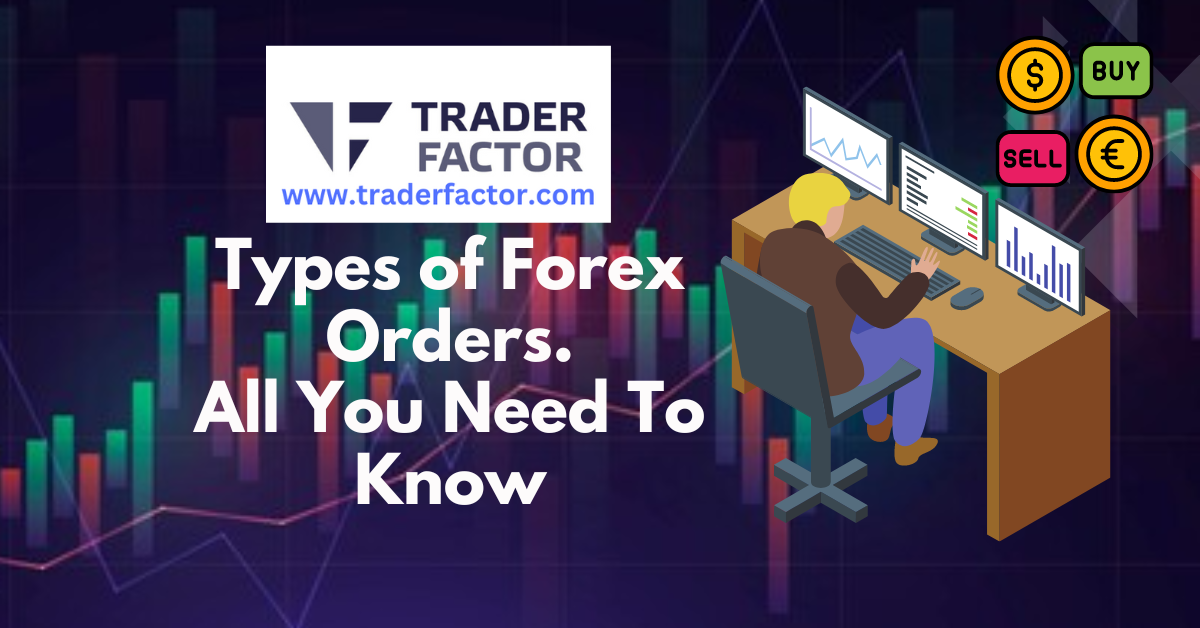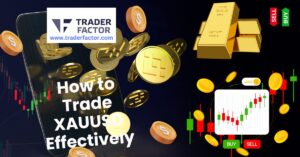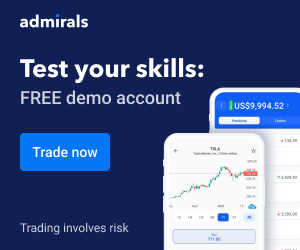Are you familiar with forex and curious about different types of forex orders? Or are you a new trader just getting started on your journey through the fascinating world of foreign exchange markets?
Investing in the Forex market can involve a great deal of technical knowledge and expertise.
Regardless of the category you find yourself in, understanding various types of forex orders is paramount if you want to have any chance of achieving success as a trader.
In this blog post, we’ll go over all the primary and advanced order types used in FX trading so that traders at all levels can get up to speed quickly.
Read on to find out more!
Understanding The Different Types of Forex Orders For 2023 Trading

Traders use several different types of orders when trading in the foreign exchange market.
By utilizing these types of Forex orders, traders can maximize their risk-reward ratio and optimize their performance in the FX markets.
What is a Market Order?
This is the most basic order, which instructs your broker to buy or sell a certain amount of currency at the current market price.
When investing in the Forex market, a market order may be the best route for investors looking to capitalize on rapidly changing prices.
This type of order is an instruction from a trader to buy or sell their desired asset immediately at the current trading price.
Alternatively, it can also be used to open a position if one doesn’t already exist.

Market orders ensure that investors have immediate access and entry into the ever-fluctuating markets.
Market orders offer traders an advantage as all trades are automatically filled according to prevailing market conditions.
Handy in these times of volatility, they become especially useful when time is of the essence during news events and other unexpected scenarios.
What is a Pending Order?
Pending orders play an important role in Forex trading as they serve to add more control for the trader when it comes to entering and exiting trades.
With pending orders, you can choose the best bid price or ask price and even set your own target prices.
Hence, allowing traders to enhance their own strategies to better suit their financial goals.
This type of order is key in scalping, where timing is critical, as pending orders provide traders with the ability to open positions instantly as soon as a specified price has been achieved.
Furthermore, pending orders support risk management since traders have more control over their entry and exit points regardless of what’s happening with market pricing at any given moment.
In summary, pending orders are a powerful tool for improving success in Forex trading by providing enhanced control over entry and exit points.

What is a Limit Order?
A limit order in Forex is a type of order that allows traders to set a specific price they would like to buy or sell ahead of time.
This type of order is especially useful for those looking to trade in higher volumes, as it allows them to perform their transactions with minimal risk and fluctuation.
Limit orders also offer advantages during volatile forex market stages.
No matter what the current market rate is, your specified limit price ensures that you won’t accidentally buy or sell too high or too low.
Furthermore, the risk of slippage which is common with many other types of orders, can be eliminated since the order price will not be increased or decreased once it has been set.
This makes limit orders, particularly popular with experienced forex traders looking for reliable pricing regardless of market conditions.
What is a Stop Loss Order?
Stop Loss orders set a specific point at which an order will be executed if the value of an instrument dip below (or rises above) this point.
A stop-loss order in Forex plays an essential role in minimizing risk and preserving capital.
It is a type of order placed with a broker to sell when a currency pair hits a certain price.

By protecting against the worst possible outcomes, traders are able to sleep more soundly, knowing that their loss will be limited if something unexpected happens.
The feeling of safety and security that come with having a stop-loss order means that traders can be more confident in their trades and take bigger risks than they would without it.
Additionally, by taking advantage of emotional moments in the market, these stop-loss orders can act as free insurance policies that bring peace of mind to Forex traders who want to take an active hand in managing their investments.
What is a Trailing Stop Loss Order?
Trailing Stop Loss orders is similar to regular stop loss orders, but they move with the changing market conditions and remain at a fixed ‘distance’ from the security’s current trading price.
Trailing Stop Loss is a great way to protect profits when trading Forex.
A Trailing Stop Loss order will track the market and follow along with it as it moves in your favor.
This way, you can lock in profits by setting a trailing stop at a fixed distance from the current price level of your position.

When the market reverses against you and reaches that point, the position will be closed instantly, preventing further loss.
Also, unlike regular stop loss, with Trailing Stop Loss orders, you can let profitability run instead of locking at predetermined profit levels.
Therefore, for traders looking for an effective means to manage their trades, Trailing Stop Loss orders should be considered.
What Is An OCO Order In Forex?
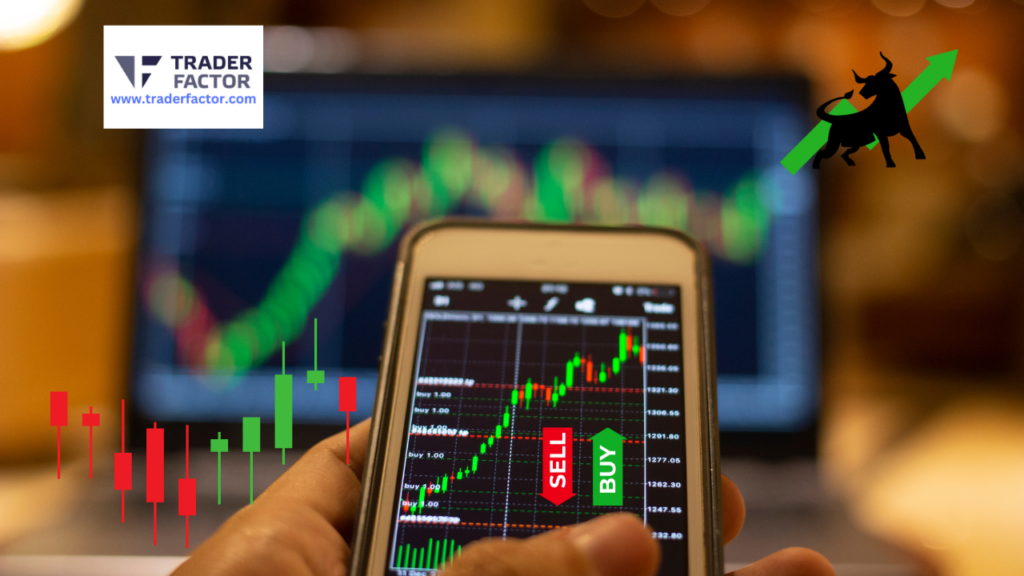
An OCO order in forex is a type of trading order that consists of two separate instructions: one to buy and one to sell. When either of the instructions is executed, the other is automatically cancelled.
This type of order is especially helpful to experienced traders because it allows them to set a predetermined limit entry order and exit points to limit risk and maximize profits.

OCO orders can also be used as part of sophisticated automated strategies that require instant execution when a certain trigger point or price level has been reached. For this reason, day traders often use OCO orders in their strategies.
Ultimately, an OCO order provides greater control over financing risk in volatile non-equity investments like forex, making it an important tool for successful traders.
What is One-Triggers-the-Other (OTO) in Forex?
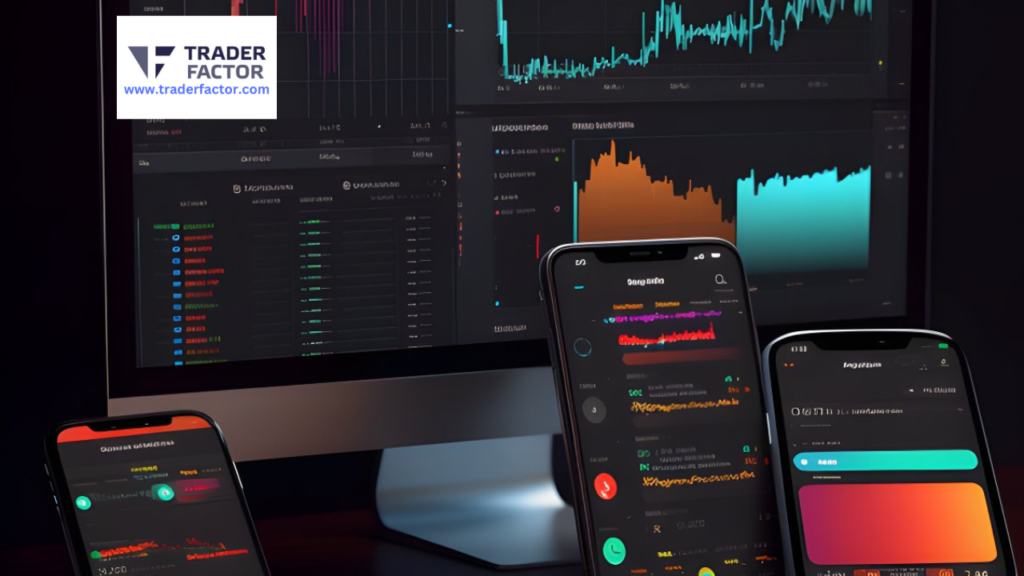
One-Triggers-the-Other (OTO) in Forex is a type of conditional order that allows traders to execute trades when certain conditions are met.
It can be used in combination with other trading strategies to help them gain profit in different market conditions.
For example, an OTO order can be set up to purchase a specific currency pair after the price of a different currency pair has fallen by a certain amount.

It can also be used as part of an automated strategy when selling off forex contracts at pre-set levels.
OTO orders appear to offer advantages over conventional orders because they provide more precision when trading and enable traders to take advantage of discrepancies between prices across different assets without having to devote extra resources or time monitoring markets.
The flexible nature of OTOs further makes them attractive compared to other trading options, allowing traders the freedom to maximize their profits while still using tried and tested strategies.
How Do I Place A Forex Order?
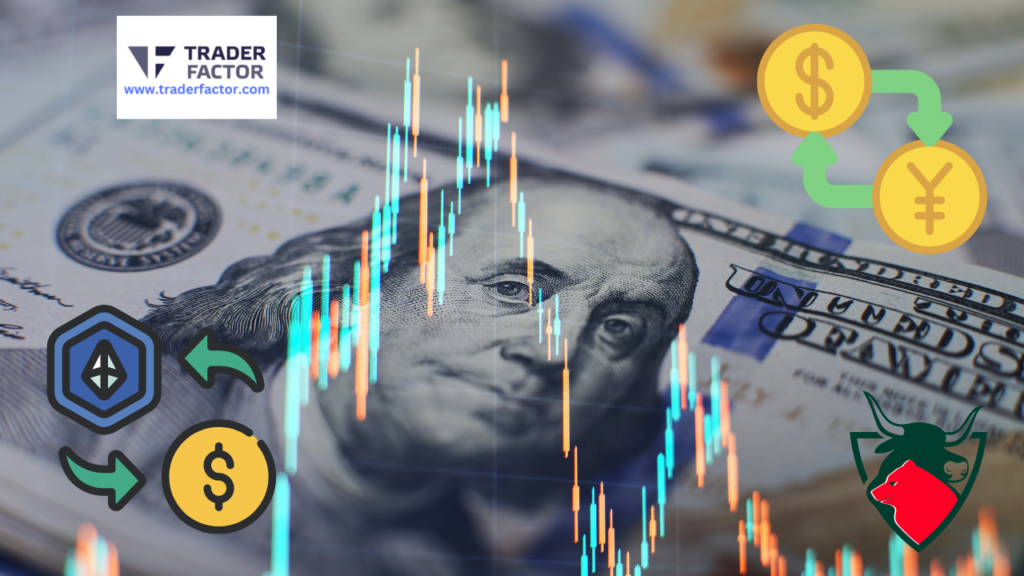
Placing a foreign exchange (forex) order is easy and deliberate. You should first decide which currency pair you would like to buy/sell. Next, choose between a market or limit order, depending on the nature of your specific trade.
A market order allows you to enter the forex trade automatically at the best current price, while a limit order allows you to set a certain price that must be met before your order can be initiated.

After determining what type of order to use, select the size and duration of your forex trade.
It is important to remember that risk will always be associated with any type of investment.
Finally, enter your desired limit when placing an order so that you are sure to stay within your comfort zone and make an informed decision.
What Are Some Common Mistakes To Avoid When Placing Forex Orders?

Not Using A Stop Loss
A stop loss is an order that automatically closes a trade at a specific price to limit potential losses. Not using a stop loss can result in significant losses if the market moves against you.
For example, if you buy a currency pair at a certain price and the market moves against you, your trade will continue to lose money until you manually close it or your account runs out of margin.
By using a stop loss, you can limit your losses and protect your account from being wiped out.
Not Using Take Profit
A take-profit order is used to automatically close a trade when it reaches a certain price level and lock in profits.
Without a take-profit order, you may miss out on potential profits if the market moves in your favor but then turns against you.

Overleveraging
Trading with too much leverage can result in large losses if the trade goes against you.
Leverage allows you to trade with more money than you have in your account, but it also increases your risk.
If you use too much leverage and the trade goes against you, you may end up owing more money than you have in your account.
Not Having a Trading Plan
Not having a clear trading plan can lead to impulsive and emotional trading decisions.
A trading plan should include your goals, risk management strategy, and entry and exit signals.
Without a plan, it’s easy to get caught up in the moment and make irrational decisions.
Not Diversifying
Putting all your money in one trade or currency pair can be risky.
Diversifying your trades can help spread risk. By spreading your money across different trades and currency pairs, you can reduce the impact of any single trade on your overall performance.

Not Keeping An Eye On The Economic Calendar
Economic events can have a big impact on the Forex market, so it’s important to be aware of them and adjust your strategy accordingly.
Events such as interest rate decisions, GDP releases, and inflation data can all affect currency prices.
Not Using Proper Risk Management
Not using proper risk management is one of the most common mistakes in forex trading.
This means not having a plan in place to handle losses and not setting stop-loss orders to limit potential losses.
It’s important to have a well-defined risk management strategy that includes setting stop-loss orders and limiting the amount of money you are willing to risk on any single trade.
Frequently Asked Questions About Forex Orders (FAQs)
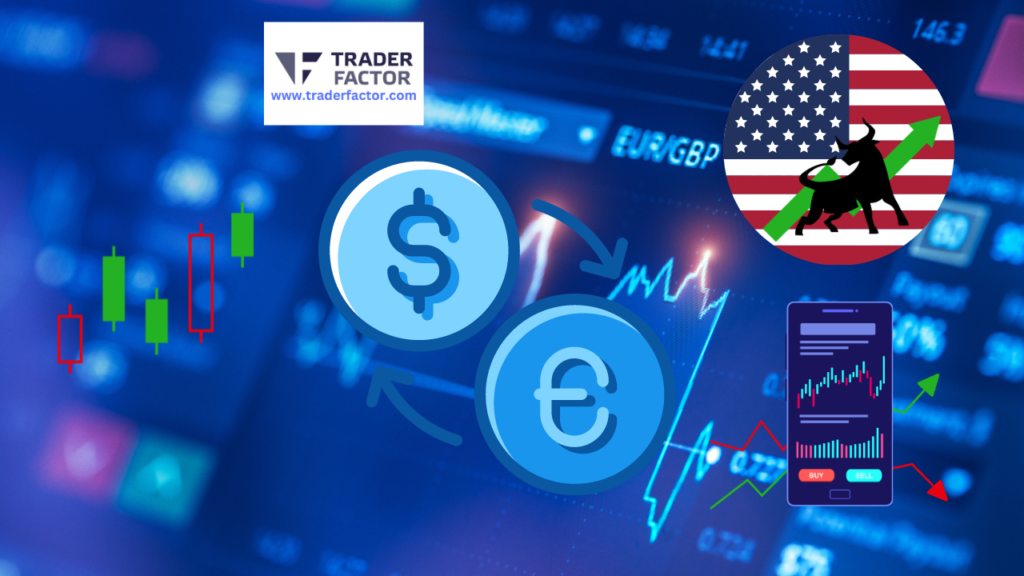
What Is A Forex Order?
A Forex order consists of a specific instruction to execute a trade on the foreign exchange market.
Whether it is to buy or sell currency, a Forex order allows traders to reach their goals without re-entering requests again and again.
This versatile order can be set up to remain open until it is fulfilled or canceled, meaning smaller investors that cannot constantly monitor their portfolios can easily take advantage of market conditions with minimal effort.
Forex orders are an essential tool for any serious trader wishing to get the most return from their investments.

How Do Forex Orders Work?
A market order is a trade that occurs immediately at current prices – this is the most common type of order for forex traders.
A limit order is when a trader specifies the exact price at which they wish to trade; this helps them ensure that their order will be executed as they intended.
Finally, a stop-loss order allows traders to automatically close their positions whenever losses reach a certain predetermined level, helping them protect their investments against major losses.
What Are The Benefits Of Using Forex Orders?
Forex orders allow traders to automate their trading activities and maintain control over their investments even when they are away from the computer.
These instructions help you determine entry and exit points for trades so that you always get the best return.
With this automation, investors remain informed about the market and can make decisions with confidence that their investments will remain profitable no matter what conditions arise in the near future.

How Do I Manage My Forex Orders?
Learning how to manage forex orders can seem daunting at first, but with the right research and practice, it has the potential to be a highly profitable venture.
Knowing when to open and close a trade is an essential aspect of forex trading, and having an effective strategy in place will make it easier for traders to make informed decisions on their orders.
Traders also need to be aware of events that could potentially impact their positions, such as economic data releases or major news reports. Doing so will help manage trades more effectively and keep them within desired risk levels.
With patience, discipline, and hard work, savvy investors can gain a substantial return through successful forex order management.
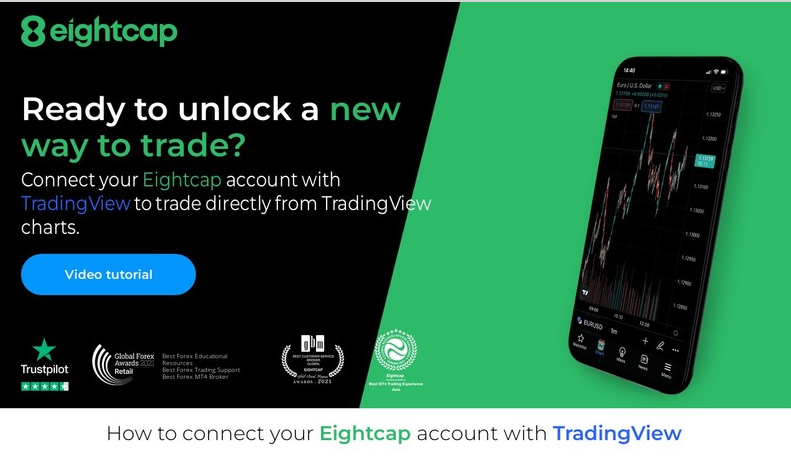
What Are Some Tips For Using Forex Orders Effectively?
If a trader wants to navigate the Forex market with success, it is important to understand how to use orders in an effective way. Setting stop-loss orders and take-profit orders can make all the difference in a trade’s profitability.
Stop-loss orders will allow a trader to limit their losses by setting predetermined rates at which they will close a position.
Conversely, take-profit orders will help them lock in profits when the rate reaches their desired target level.

To maximize risk/reward ratios, traders should also look into using trailing stops and limit orders which will refine their entries and exit levels even further.
Overall, taking the time to leverage forex orders successfully can give traders an extra edge in the ever-changing Forex market.
Key Takeaways

Understanding the types of orders available in the Forex market is essential for successful trading. Getting to know what each order type entails and how you can use them properly can give you an advantage in the market. In turn, they can increase your trading profits over time.
It is clear that forex orders are an essential component of the trading process, whether you are a beginner or a more advanced trader.
The different types of forex orders enable investors to easily manage their positions and act according to the market’s changing conditions.
And by capitalizing on the power of each order, investors can make smarter choices when managing their trades and increase their chances of success in the FX markets.
If you’re ready to take your understanding of forex orders to the next level, read our other articles detailing information on different aspects of forex trading.
- Read A Beginners Guide To Forex Trading
- Mistakes Most Beginner Forex Traders Make and How To Avoid Them
- A 2023 Beginners Guide To Buying And Selling Currencies
- Best Forex Trading Tools 2023
Disclaimer:
All information has been prepared by TraderFactor or partners. The information does not contain a record of TraderFactor or partner’s prices or an offer of or solicitation for a transaction in any financial instrument. No representation or warranty is given as to the accuracy or completeness of this information. Any material provided does not have regard to the specific investment objective and financial situation of any person who may read it. Past performance is not a reliable indicator of future performance.
Authors
-

Zahari Rangelov is an experienced professional Forex trader and trading mentor with knowledge in technical and fundamental analysis, medium-term trading strategies, risk management and diversification. He has been involved in the foreign exchange markets since 2005, when he opened his first live account in 2007. Currently, Zahari is the Head of Sales & Business Development at TraderFactor's London branch. He provides lectures during webinars and seminars for traders on topics such as; Psychology of market participants’ moods, Investments & speculation with different financial instruments and Automated Expert Advisors & signal providers. Zahari’s success lies in his application of research-backed techniques and practices that have helped him become a successful forex trader, a mentor to many traders, and a respected authority figure within the trading community.
View all posts -

Phyllis Wangui is a Financial Analyst and News Editor with qualifications in accounting and economics. She has over 20 years of banking and accounting experience, during which she has gained extensive knowledge of the forex, stock news, stock market, forex analysis, cryptos and foreign exchange industries. Phyllis is an avid commentator on these topics and loves to share her insights with others through financial publications and social media platforms.
View all posts

